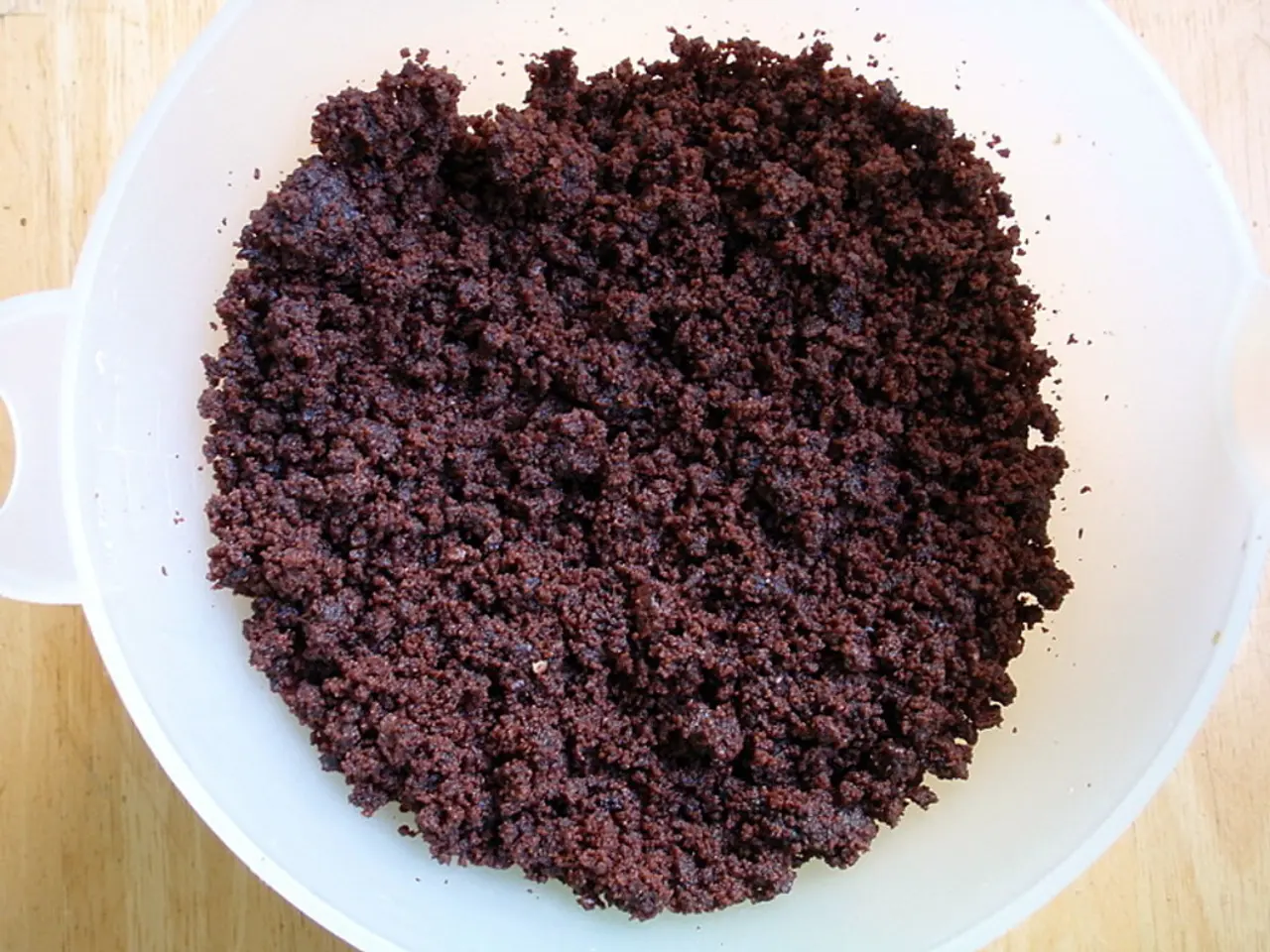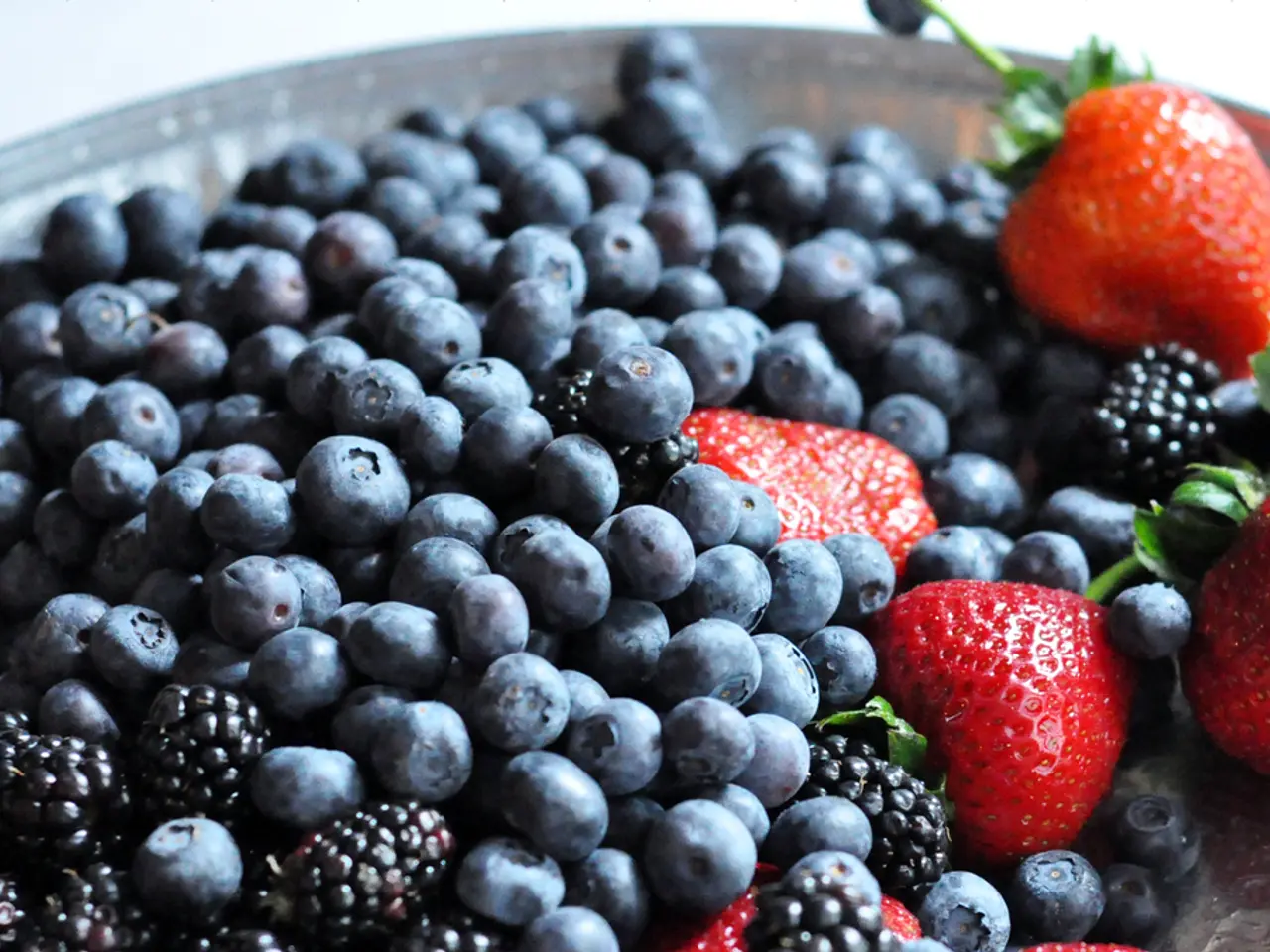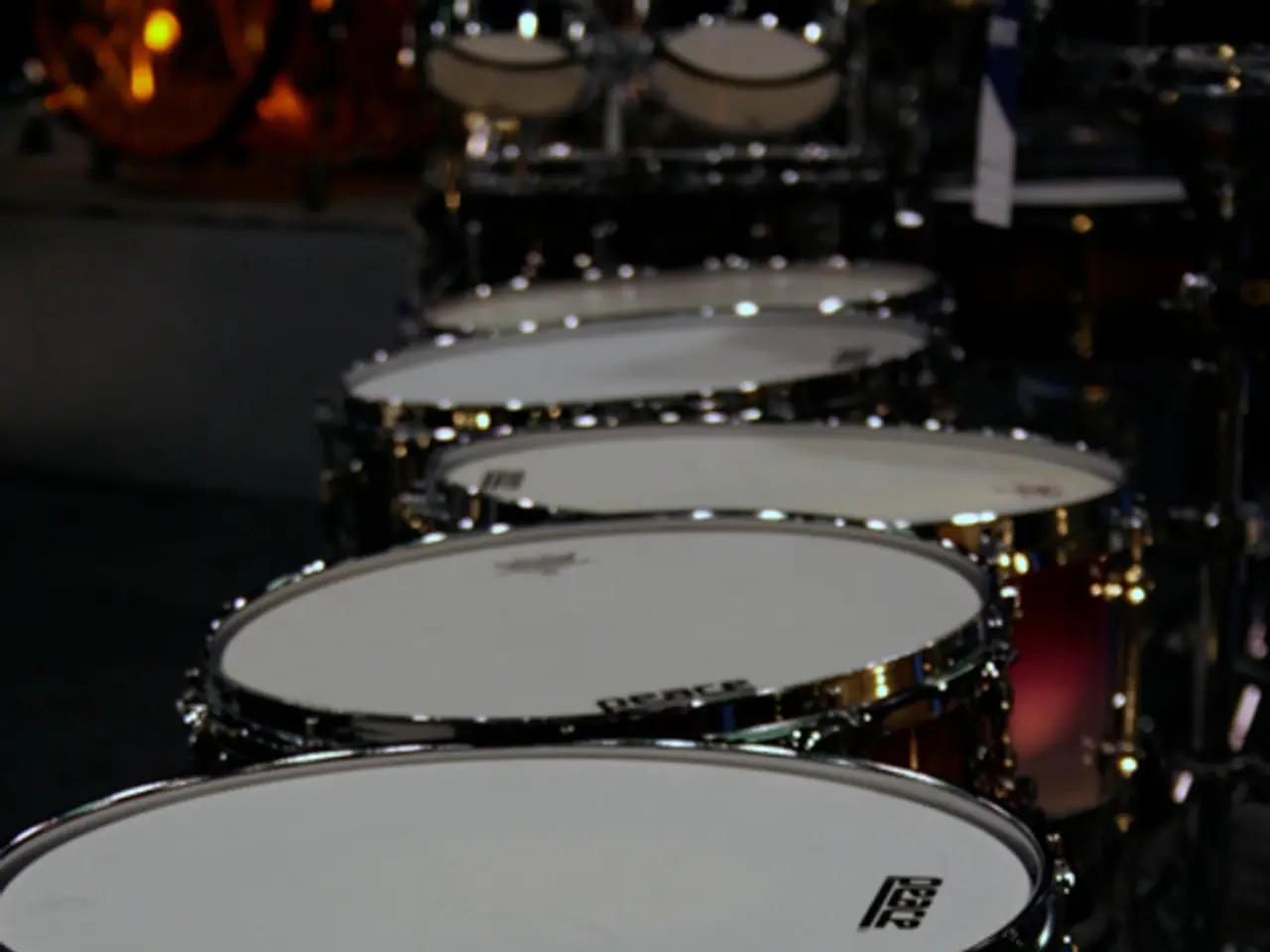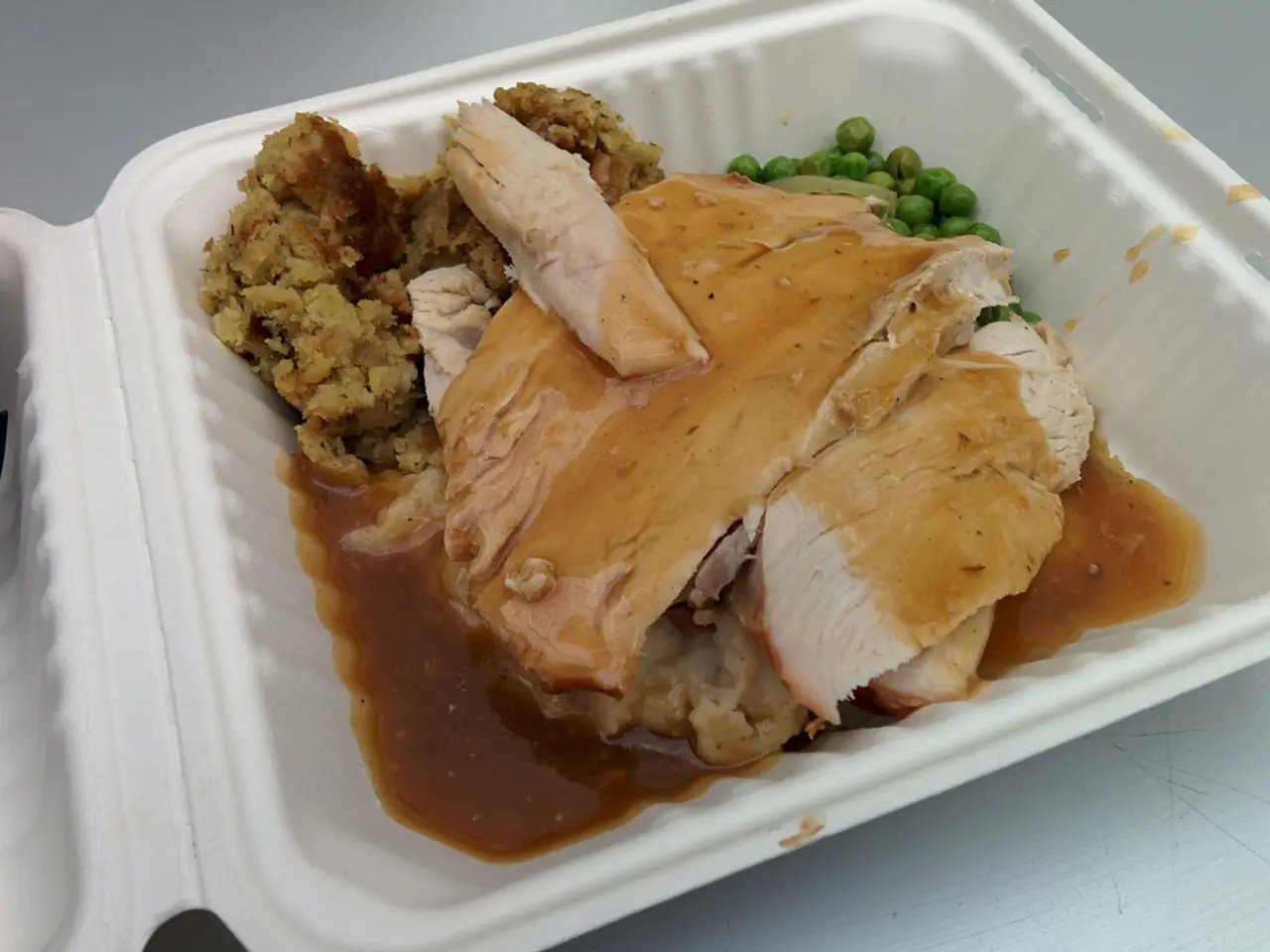Living Without a Gallbladder: A Possibility Examined
After undergoing a common medical procedure known as a cholecystectomy, which involves the removal of the gallbladder, some individuals may experience long-term digestive effects. This article aims to shed light on these changes and the recommended dietary adjustments to help manage them.
The gallbladder, a small organ that acts as a storage space for bile, is not essential for life. When food is consumed, bile, which aids in digestion, is released from the liver into the small intestine, regardless of whether the gallbladder is present or not. However, without the gallbladder, bile flows directly from the liver into the small intestine, making digesting high-fat foods more difficult.
This change can lead to symptoms such as bloating, gas, loose stools, or diarrhea, especially after fatty or greasy meals. To help the digestive system adapt, dietary changes are recommended.
Immediately after surgery, it's advisable to start with simple, bland, low-fat foods. Limiting fat intake for several weeks or longer, if symptoms persist, can also help reduce digestive discomfort. Eating smaller, more frequent meals can improve digestion with a continuous bile flow. Gradually increasing fiber intake is also beneficial, but avoiding excessive fiber early to prevent bloating is important.
Avoiding triggers such as spicy foods, caffeine, and high-fat dairy until digestion stabilizes is also advised. Staying well hydrated can assist digestion and manage diarrhea.
Most patients can resume a normal diet within 4 to 6 weeks, although some may need longer to tolerate higher fat levels. Persistent symptoms like diarrhea, constipation, or gas may require ongoing management by healthcare providers.
In summary, the main long-term effects relate to altered bile flow causing digestive symptoms, and dietary changes focus on a gradual transition from a low-fat, bland diet to a more typical diet while monitoring tolerance. If symptoms persist or worsen, consulting a healthcare provider is important to rule out other causes and receive personalized treatment.
It's worth noting that individuals with other health issues may require a longer time to recuperate after the surgery. In general, most people tolerate gallbladder removal surgery well, and recovery time varies from person to person, with healthier individuals typically bouncing back more quickly.
[1] Post-cholecystectomy syndrome: A collection of digestive complaints that usually resolves but can persist in some cases. [2] Understanding the effects of gallbladder removal on digestion. [3] Managing persistent symptoms after gallbladder removal surgery. [4] Dietary changes after gallbladder removal: A guide to managing digestive symptoms.
- The removal of the gallbladder can induce post-cholecystectomy syndrome, a collection of digestive complaints that might resolve on its own but could persist in certain cases.
- Understanding the effects of gallbladder removal on digestion is crucial, as changes in bile flow can lead to symptoms such as bloating, gas, loose stools, or diarrhea.
- Managing persistent symptoms after gallbladder removal surgery involves dietary changes, like starting with simple, low-fat, bland foods, limiting fat intake, eating smaller meals more frequently, gradually increasing fiber, and avoiding triggers like spicy foods, caffeine, and high-fat dairy until digestion stabilizes. Staying well hydrated can also help improve digestion and manage symptoms.




